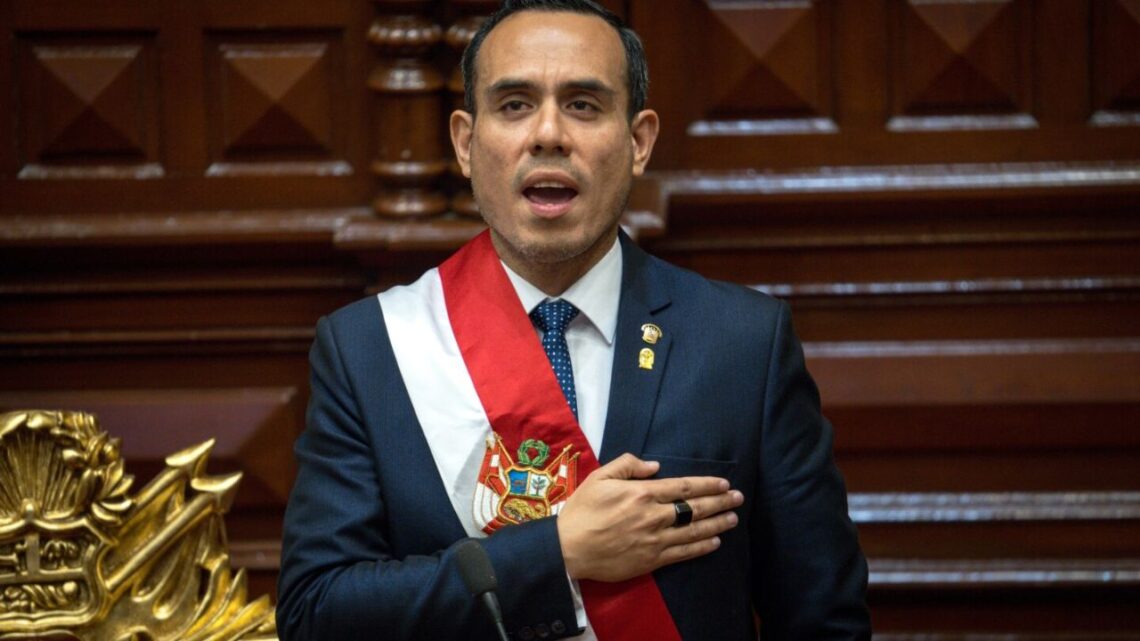Peru has slipped into political chaos after the country’s Congress removed President Dina Boluarte on October 10, 2025.
In a dramatic and unanimous vote, lawmakers cited moral incapacity, systemic security failures, and corruption as grounds for dismissal.
The upheaval has installed José Jerí as interim president and stirred urgent questions about governance, public safety, and the democratic trajectory in Peru.
How The Impeachment Unfolded
- On October 10, 2025, Congress held a vote and approved the removal of Boluarte by a tally of 124 to 0, declaring the presidency vacant under the constitutional clause of “permanent moral incapacity.”
- Immediately after the vote, José Jerí, the sitting president of Congress aged 38, was sworn in as interim president to complete the current term lasting until July 2026.
- The motion to impeach followed mounting public anger over a mass shooting at a Lima concert that exposed the intensity of the nation’s crisis with crime.
The Grounds for Removal
Lawmakers and opposition groups centered their case around three major failures:
- Security Collapse
- From January to August 2025, Peru recorded over 6,000 homicides.
- Extortion and organized crime have surged, particularly targeting small businesses and informal sectors.
- The concert massacre crystallized widespread fear and frustration among citizens.
- Corruption & Enrichment Concerns
- Allegations emerged involving luxury jewelry purchases (nicknamed “Rolexgate”) by close associates and unexplained gains.
- An inquiry into illicit enrichment was underway, threatening Boluarte’s credibility.
- Critics claimed her administration lacked transparency and had weak institutional control over financial oversight.
- Political Weakness & Approval Decline
- From the moment she assumed office in December 2022—following the removal of her predecessor—Boluarte never managed to build broad legitimacy.
- Her approval ratings dipped to single digits, and prior votes to remove her had failed as political divisions remained intense.
- Yet, the gravity of the security crisis pulled previously supportive factions into alignment with the impeachment effort.
Transition & What Lies Ahead
With Boluarte out, José Jerí now leads a fragile, interim government. The key challenges in the coming months include:
- Reasserting security: Jerí and his cabinet must demonstrate an ability to arrest the crime spiral and restore citizen safety.
- Assembling a capable cabinet: Portfolios tied to defense, interior, and economy will be closely watched for competence and signals of policy direction.
- Providing an election roadmap: National elections are expected in April 2026, and the interim government has pledged to oversee a stable, transparent path to that date.
- Institutional reform: Political parties, congressional factions, and state bodies must tackle governance deficits to prevent future breakdowns.
Peru has now endured eight presidents in ten years, amplifying the stakes for Jerí’s success.
The market reaction, public confidence, and performance on security will determine whether this transition is a reset or a further stumble.
Key Facts At A Glance
| Item | Detail |
|---|---|
| Impeachment date | October 10, 2025 |
| Vote result | 124–0 in favor of removal |
| Constitutional basis | “Permanent moral incapacity” |
| Successor | José Jerí (President of Congress) |
| Term end | July 2026 |
| Scheduled elections | April 2026 |
| Security backdrop | Over 6,000 homicides Jan–Aug 2025; rampant extortion |
| Catalyst event | Lima concert mass shooting |
| Corruption scandal | Alleged unexplained enrichment, luxury jewelry purchases |
The Congressional removal of Dina Boluarte has pushed Peru into renewed political uncertainty. While José Jerí’s interim government now holds the reins, the road ahead is fraught.
Effective action on security, bold institutional reform, and credible preparations for the April 2026 elections will be crucial tests.
Success would offer hope for a stable reset; failure could deepen fragmentation and crisis in a nation already battered by leadership turnover and rising public discontent.
